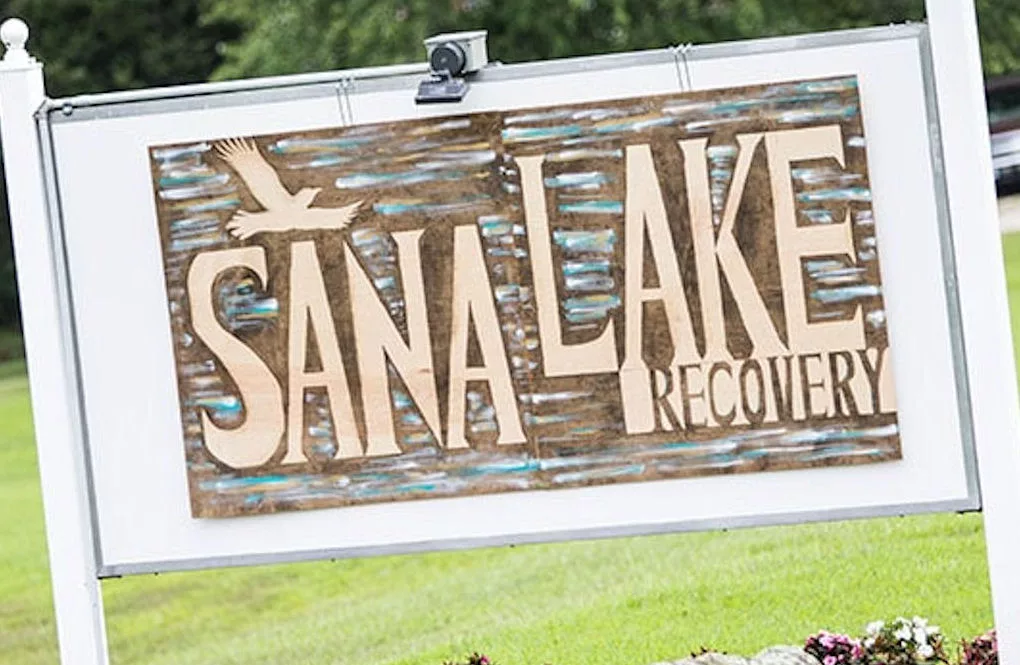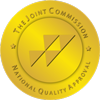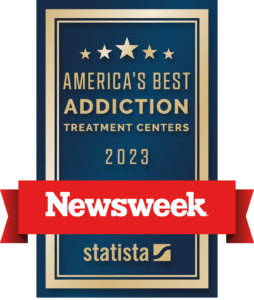The Cost of Jail vs. Treatment for Drug Offenders: How Much Do We Save?
Addiction is a chronic disease, but thousands of people are jailed every year because of their disease. But how does jail vs. treatment for drug offenders benefit them or society? While prison may be appropriate for drug traffickers, it is costly and does not promote recovery from substance use disorders.
The Cost of Substance Use Disorder
According to the National Institute on Drug Abuse (NIDA), the cost of substance use disorders is over $740 billion and growing. Not only is addiction causing rising costs in the justice system, but it also increases healthcare costs and costs companies millions in lost productivity.

Will Choosing Rehab vs. Incarceration Be Cost-Effective?
According to Vera, the average cost per inmate is over $33,000 per year. However, this varies depending on the state. For example, Alabama has the lowest at around $15,000, and New York is the highest at almost $70,000 per inmate.
In contrast, the cost of rehab averages around $5000. This makes rehab vs. incarceration a much more cost-effective choice.
Besides sending drug offenders to jail being expensive, it does nothing to treat the problem that got them in trouble. A study in Crime & Delinquency finds if ten percent of offenders are sentenced to drug treatment vs. incarceration, it saves the judicial system almost $5 billion.
Furthermore, if 40 percent of offenders receive rehab vs. incarceration, it saves the system $13 billion. Choosing drug treatment leads to fewer crimes, lower addiction rates, and saves society money.


Should Individuals Suffering From Addiction be Treated Like Criminals?
There are over 2 million Americans in jail right now, which equals about 1 in 100 adults in state and federal prisons and local jails. Of those, 20 percent or 1 in 5 are nonviolent drug offenders.
The National Center on Addiction and Substance Abuse states 65 percent of the prison population meets the criteria for substance use disorder. However, less than 11 percent receive treatment. As a result, they come out of jail without the tools and knowledge to live a life of recovery.
How to Recognize the Need for Treatment vs. Incarceration
Each person who enters jail receives a medical exam. This exam helps identify any medical conditions or disorders a person may need treatment for. During this exam, signs of active addiction should be apparent.

- Sweating
- Abdominal pain
- Shaking
- Agitation
- Nervousness
However, opioids are not the only drugs that cause symptoms of withdrawal. Long-term alcohol misuse can lead to hallucinations during withdrawal.
These hallucinations can lead to seizures which need long-term medication management. In rehab, a person receives the medical detox and round-the-clock care required to safely withdrawal from drugs or alcohol.
Does Prison Provide Addiction Treatment?
While the Federal Bureau of Prisons proves that well-designed and implemented prison addiction programs have excellent results, only around 11 percent of prisoners actually receive treatment.
The bureau states that people who complete these programs typically:
- Cause fewer problems while in jail
- Have a lower risk of recurrence of use
- Reduces criminal behavior
- Reduces recidivism
- Improves physical and mental health symptoms and disorders
- Improves employment opportunities
Together the benefits of drug treatment vs. incarceration provide significant safety and economic benefits to society.
These requirements may include:
- Random drug screens
- Attending support groups such as Alcoholics Anonymous or Narcotics Anonymous
- Meeting with a probation officer
- Attending regular court check-ins
- Being a nonviolent offender with a substance use disorder
- Must not have a record of violent offenses
- Must be referred by the court
Sometimes entering into drug treatment vs. incarceration allows you to be exempt from a guilty plea and may even prevent a conviction on your record. However, in some cases choosing rehab may require a guilty plea to the crime.
How Can I Increase My Chance of Drug Treatment vs. Incarceration?
While first-time offenders typically are given an option of jail vs. treatment for drug offenders, there are some things you can do to improve your chances at rehab. Typically, there is about a month between being arrested and seeing a judge. During this time, you should be attending an inpatient or outpatient treatment program or at least attending support group meetings regularly.
Although this isn’t a guarantee, it does show the court you recognize you have a problem and are actively seeking help for your substance use disorder.
Statistics on Drug Treatment vs. Incarceration for Drug-Related Crimes
Statistics indicate there are numerous advantages of sending someone to drug treatment vs. incarceration. In fact, if 10 to 15 percent of those convicted of drug-related charges were sent to drug treatment, it would save society $48 billion a year.
In addition, studies continue to show that drug rehab more effectively boosts trade than creating new businesses. This is based on the proof that almost 75 percent of prisoners re-offend once released. This is compared to about 57 percent of those who attend drug rehab.
Moreover, drug and alcohol misuse is often correlated with criminal activities. For example, studies show a person struggling with opioid use disorder (OUD) typically commits 63 crimes a year. Choosing jail vs. treatment for drug offenders leads to economic and social repercussions such as:
- Increasing the burden on prisons
- Increases recidivism
- Increases fines
- Being detrimental to the wellbeing of someone with a substance use disorder
Treatment for Drug Offenders vs. Jail Saves Money for Society
Getting more drug offenders into rehab vs. incarceration can save society money in a variety of ways. Including,
- Recovery reduces the risk of arrest and incarceration
- A decrease in crimes minimizes the cost of public defenders and courtroom fees
- The initial cost of drug treatment is considerably less than the cost of imprisonment
- Short and long-term healthcare costs are reduced with addiction treatment and recovery
- Opens up resources previously allocated to care for offenders children
Treatment Also Saves Personal Money
While rehab vs. incarceration saves society a lot of money, it also saves the individual money. A substance use disorder is expensive to maintain; it can lead to expenses caused by the addiction.
- A doctor or hospital visit due to injuries while high on drugs or alcohol
- The cost of drug overdoses
- Chronic illnesses brought on by misusing drugs or alcohol
- Fees from drug-related arrests, including bail, lawyer fees, court costs, and other fees
- Lost time at work, reduction in productivity, which affects income
- Supporting someone unable to support themselves
- Financially supporting children of those struggling with an addiction
- Paying for long-term health complications due to substance misuse
How Should Substance Use Disorders Be Treated in Jail?
According to the National Academy of Sciences report on Medications for Opioid Use Disorder, only 5 percent of people struggling with OUD receive medication-assisted treatment or MAT. In fact, a survey of prison medical directors shows that most directors are not even aware of the benefits of MAT because the treatment offered typically consists of counseling without follow-up.
Effective Substance Use Disorder Treatment Requires A Comprehensive Approach
A comprehensive approach to substance use disorder treatment for drug offenders should include:
- Behavioral therapies
- Cognitive-Behavioral Therapy (CBT) – helps modify expectations and behaviors of drug use and helps manage stress and triggers.
- Contingency Management Therapy (CMT) – provides incentives and motivation for positive behaviors in the form of vouchers or cash rewards.
- Medications such as methadone, naltrexone, and buprenorphine
- Employment and housing assistance after release from prison
- Education on overdose and the use of naloxone to reverse a drug overdose

Find Help at Sana Lake Recovery
If you or someone you love is struggling with drug or alcohol misuse and facing jail time, we can help. We offer inpatient and outpatient treatment to kickstart your recovery journey before facing the judge. Contact us today and find out we can help you.



